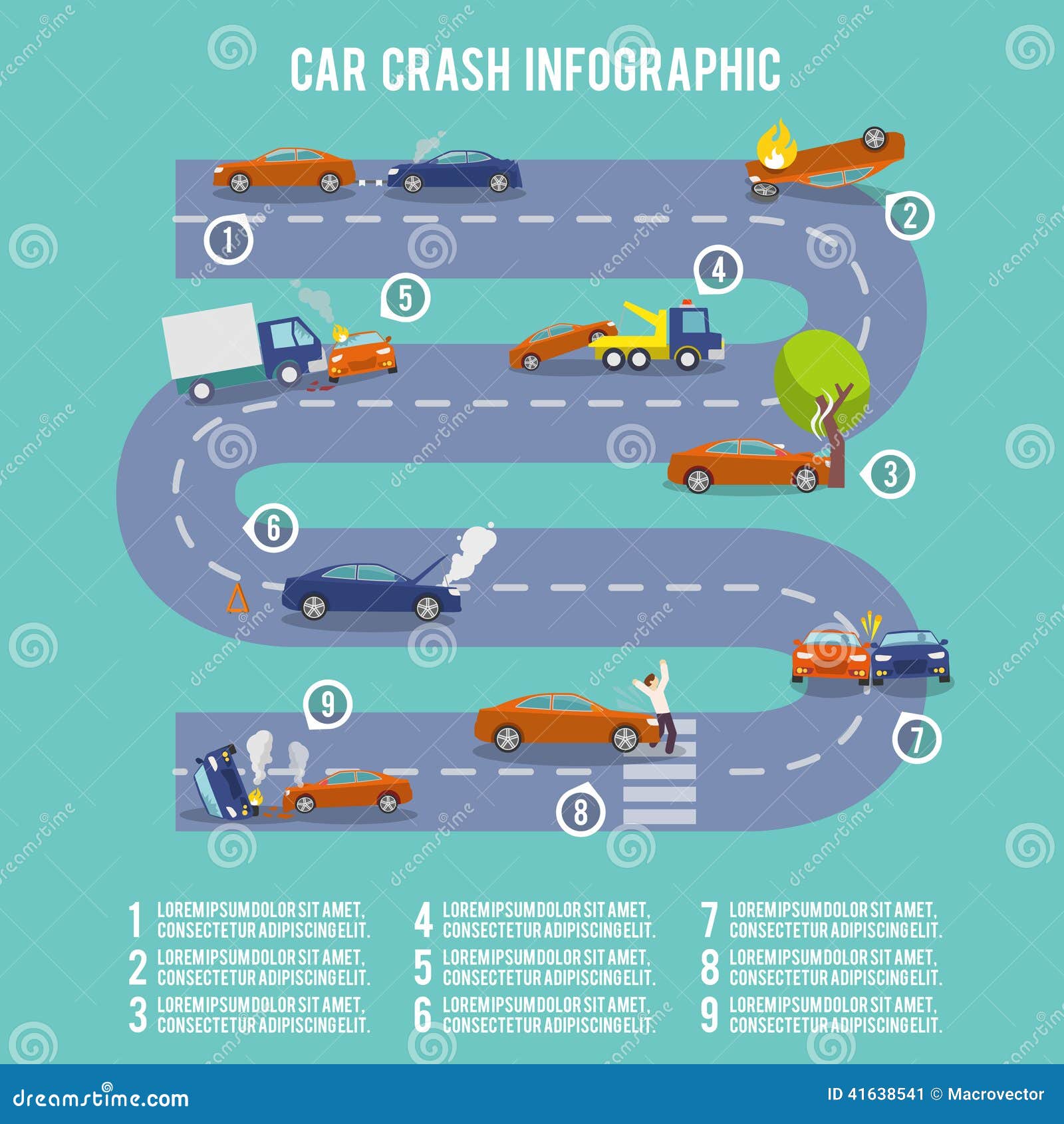Analyzing Your Car'S Caution Indicators: What They Really Communicate
Analyzing Your Car'S Caution Indicators: What They Really Communicate
Blog Article
Write-Up By-Termansen Kejser
When you lag the wheel, those radiant caution lights on your dashboard can be a little bit perplexing. Do you know what they're attempting to tell you regarding your car's health and wellness? Understanding the importance of these lights is crucial for your safety and security and the longevity of your automobile. So, the next time among those lights appears, wouldn't you want to decode its message precisely and take the required actions to address it?
Common Caution Lights and Interpretations
Recognize usual caution lights in your car and comprehend their definitions to guarantee risk-free driving.
The most regular caution lights include the check engine light, which indicates problems with the engine or discharges system. If this light comes on, it's important to have your vehicle checked immediately.
The oil stress cautioning light indicates reduced oil pressure, requiring prompt interest to prevent engine damage.
A flashing battery light might suggest a defective charging system, possibly leaving you stranded otherwise resolved.
The tire pressure surveillance system (TPMS) light informs you to low tire stress, influencing car security and fuel effectiveness. Neglecting visit the site can bring about harmful driving conditions.
The ABS light indicates an issue with the anti-lock stopping system, endangering your capability to stop quickly in emergency situations.
Finally, the coolant temperature warning light warns of engine getting too hot, which can cause serious damage if not fixed promptly.
Understanding these typical caution lights will assist you attend to problems quickly and maintain safe driving problems.
Relevance of Prompt Attention
Recognizing the usual caution lights in your cars and truck is just the primary step; the importance of immediately resolving these cautions can not be highlighted enough to ensure your security on the road.
When a caution light brightens on your dashboard, it's your vehicle's means of interacting a prospective problem that needs focus. Overlooking these warnings can lead to more severe issues in the future, jeopardizing your safety and possibly costing you more out of commission.
Prompt interest to warning lights can stop break downs and mishaps. As an example, a blinking check engine light could show a misfire that, if left neglected, might create damage to the catalytic converter. Resolving https://griffinxrmga.blogsidea.com/37507606/brace-on-your-own-for-a-mind-blowing-exploration-of-vehicle-repair-including-unforeseen-searchings-for-that-will-modify-your-understanding-you-will-not-believe-what-you-ve-been-missing-out-on can save you from a costly repair service.
Similarly, a brake system advising light may signal reduced brake fluid or used brake pads, important components for your security when driving.
Do It Yourself Troubleshooting Tips
If you see a caution light on your control panel, there are a few do it yourself repairing tips you can try prior to looking for professional assistance.
The primary step is to consult your cars and truck's guidebook to comprehend what the particular warning light shows. Occasionally the issue can be as easy as a loose gas cap activating the check engine light. Tightening up the gas cap might deal with the problem.
One more usual issue is a reduced battery, which can set off different alerting lights. Examining the battery connections for deterioration and guaranteeing they're protected might take care of the issue.
If a caution light lingers, you can try resetting it by separating the vehicle's battery for a few minutes and afterwards reconnecting it. Furthermore, inspecting your automobile's liquid degrees, such as oil, coolant, and brake fluid, can aid repair warning lights associated with these systems.
Conclusion
Finally, recognizing your car's warning lights is crucial for keeping your automobile running efficiently and safely. By without delay dealing with these informs and knowing what they indicate, you can avoid costly repairs and prospective malfunctions.
Keep in mind to consult your car's guidebook for specific information on each cautioning light and act as necessary to make certain a trouble-free driving experience.
Remain notified, stay risk-free when driving!
